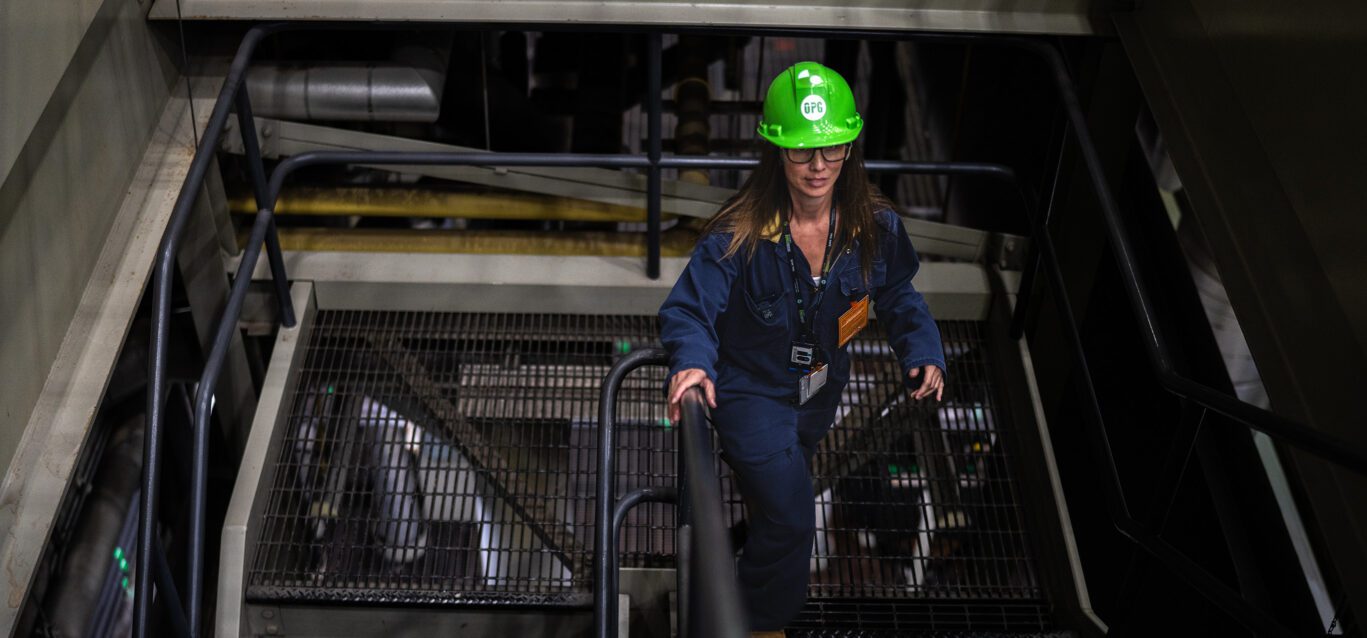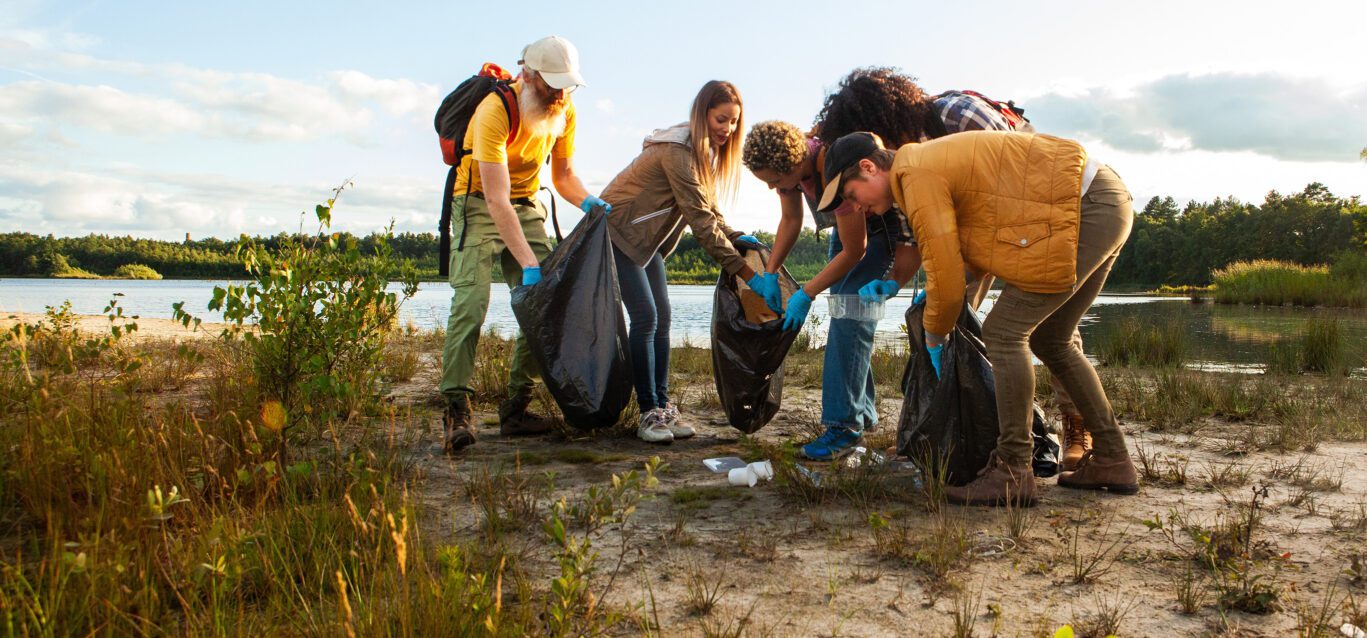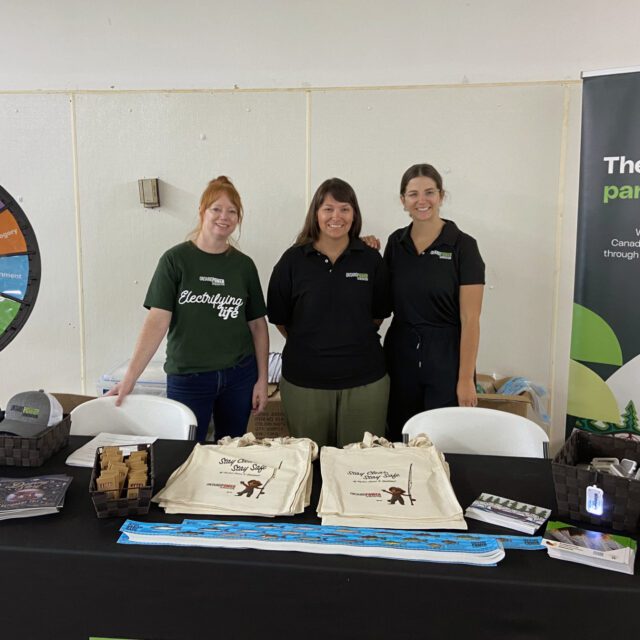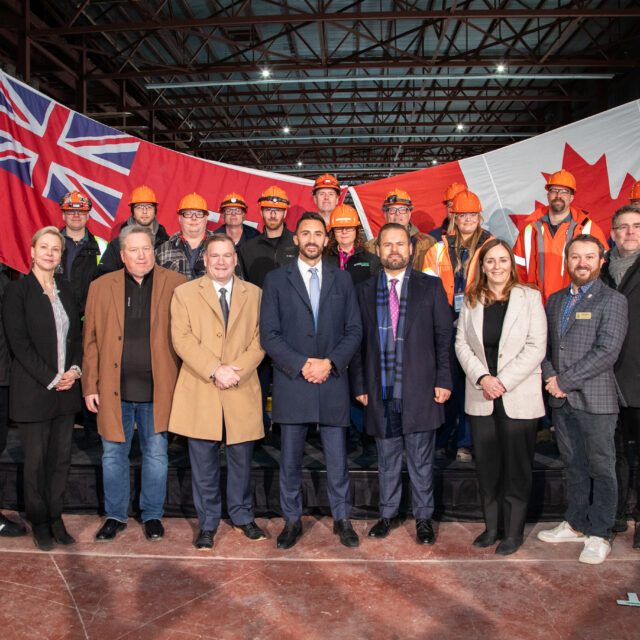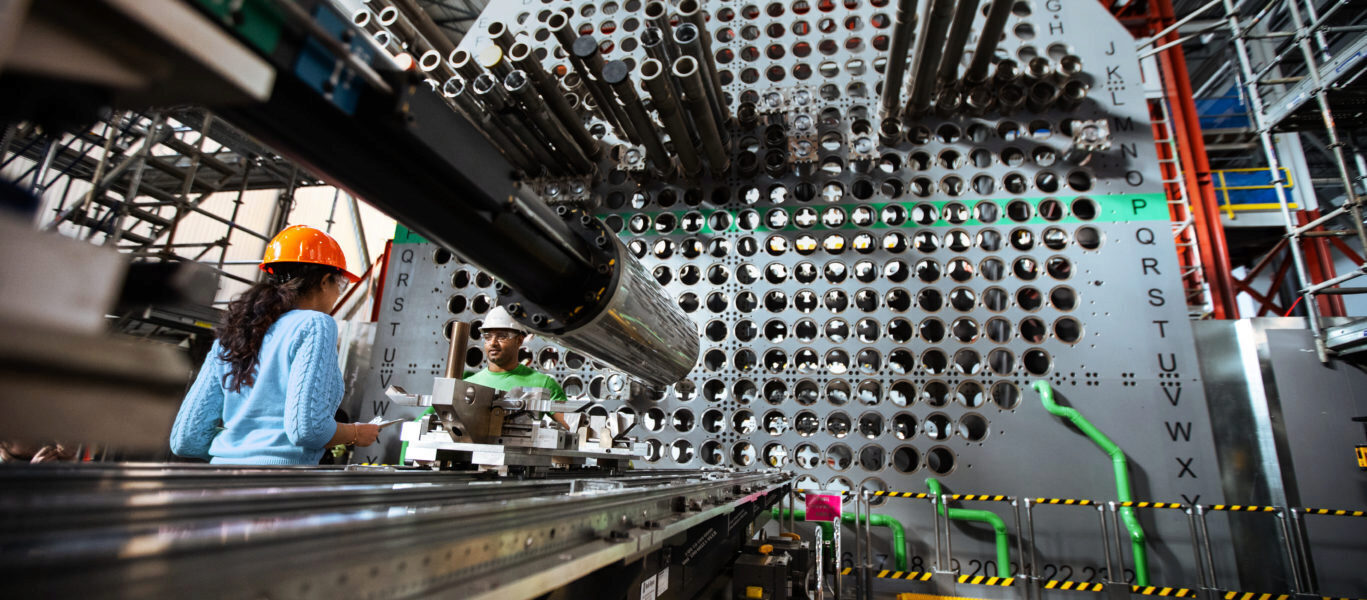A first step to building a powerful future, together
In November 2024, the Ontario Government asked OPG to assess three of its existing sites, including the Wesleyville site, located in Port Hope, Ontario, to determine whether there’s interest on the part of Rightsholders and municipalities to explore the potential for new generation.
Port Hope Council has indicated a willingness to explore the potential for new nuclear with OPG.
Upcoming events
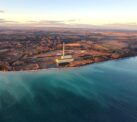
Why Wesleyville?
Wesleyville has the potential to be an ideal site to build new large nuclear in Ontario. In addition to already being zoned for generation, the 1,300 acre site in Port Hope has access to transmission, railways, roads, and it is located next to Lake Ontario, which provides cooling water.
The site has been maintained by OPG for more than 50 years, specifically for the purpose of hosting new electricity generation. It also has ample adjacent land to support industrial growth.
Wesleyville is also located adjacent to the Durham Region clean energy corridor, which already hosts two nuclear generating stations -- Pickering and Darlington – that have been safely and reliably powering Ontario for decades.
Wesleyville site overview

Site features
0
1300
acres in Port Hope
Near Durham
which hosts our Pickering and Darlington nuclear generation stations
Zoned
for electricity generation
Access
to transmission, railways and roads
Indigenous engagement and equity
OPG is committed to early and continuous engagement with Indigenous Nations. Our goal is to collaborate and understand the interests of Indigenous communities in all areas of engagement. This includes:
Understanding Indigenous interests
- Working to identify and respect the interests of Indigenous Nations.
Potential procurement opportunities
- Exploring opportunities for Indigenous businesses to participate in procurement processes.
Equity partnerships
- Developing partnerships that provide economic benefits and foster long-term relationships.
Timelines and public involvement
Exploring new power generation is a complex and lengthy process that includes multiple opportunities for input and an ongoing program of public education and engagement.
As a first step, OPG would initiate a multi-year process to assess the site, identify a suitable generation technology, and complete a range of impact assessment activities to ensure there were no adverse social or environmental impacts that couldn’t be mitigated. Participation of Indigenous and local communities is essential to this process.
Should a new generation project be approved, a subsequent multi-year regulatory process is initiated with public input throughout, including through public regulatory hearings.
The decision to proceed with a nuclear generation project will ultimately be decided by Rightsholders, local government, the residents of Northumberland, and the Canadian nuclear regulator.
In the community
OPG places great importance on building strong relationships and partnerships with host communities, neighbours and Indigenous Nations on whose traditional territory we operate. We’re committed to being open and available to discuss any questions or concerns as we embark on this journey together.
We are also proud to be part of the communities that host our generating stations – as employees, but also as residents. Beyond safe, clean electricity generation, we strive to be good neighbours and engaged community members that contribute to the economic and social wellbeing.
Check back to this page for opportunities to get involved, and to find out where OPG will be in the community next. Or subscribe to get updates directly to your inbox!
Get in touch with us by phone
Local: 905-623-7122
Toll Free: 1-800-461-0034
Subscribe to stay informed.
Complete the form below to receive key updates about OPG's new generation opportunities.


